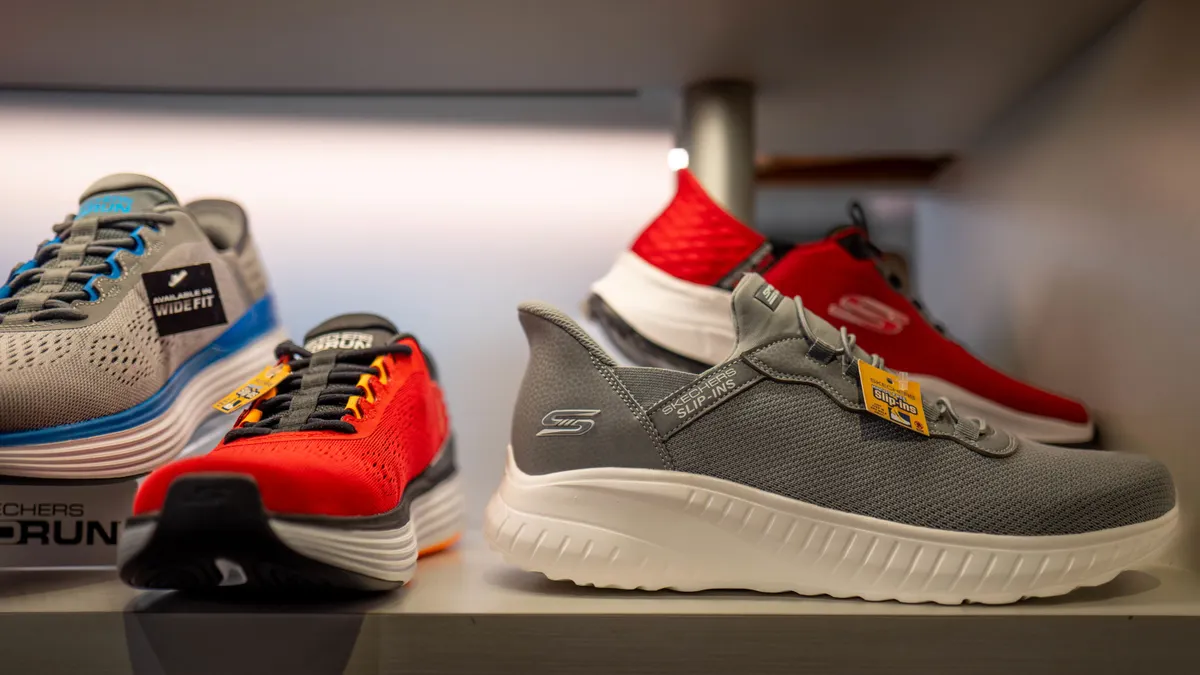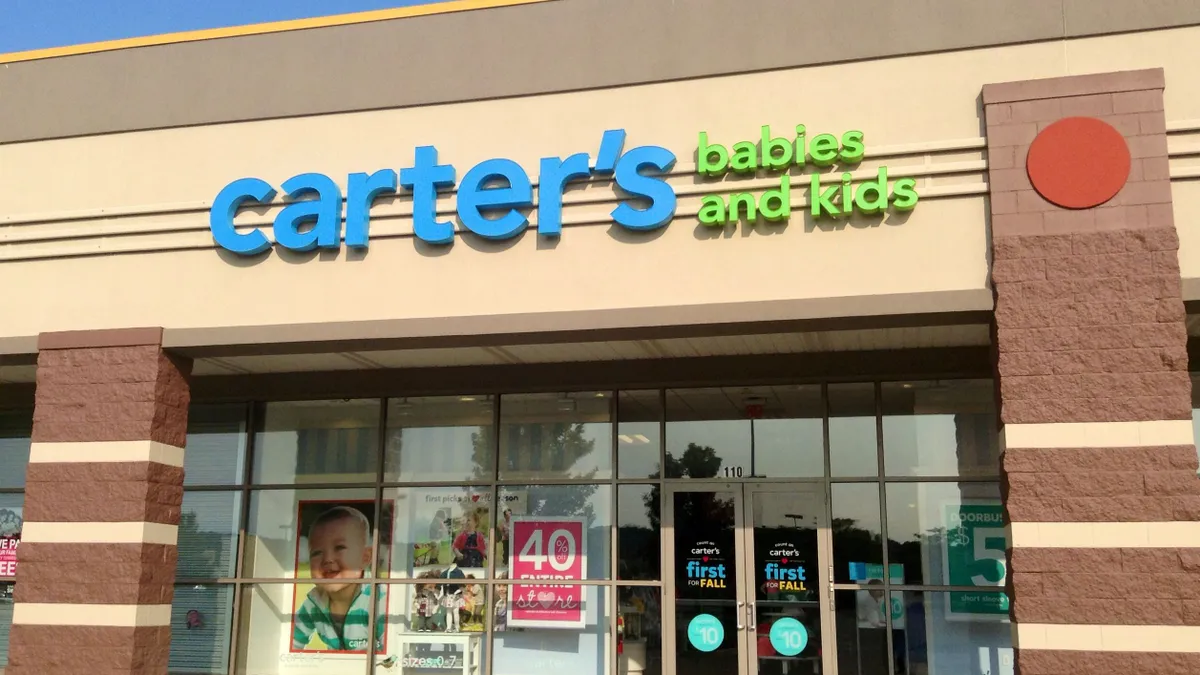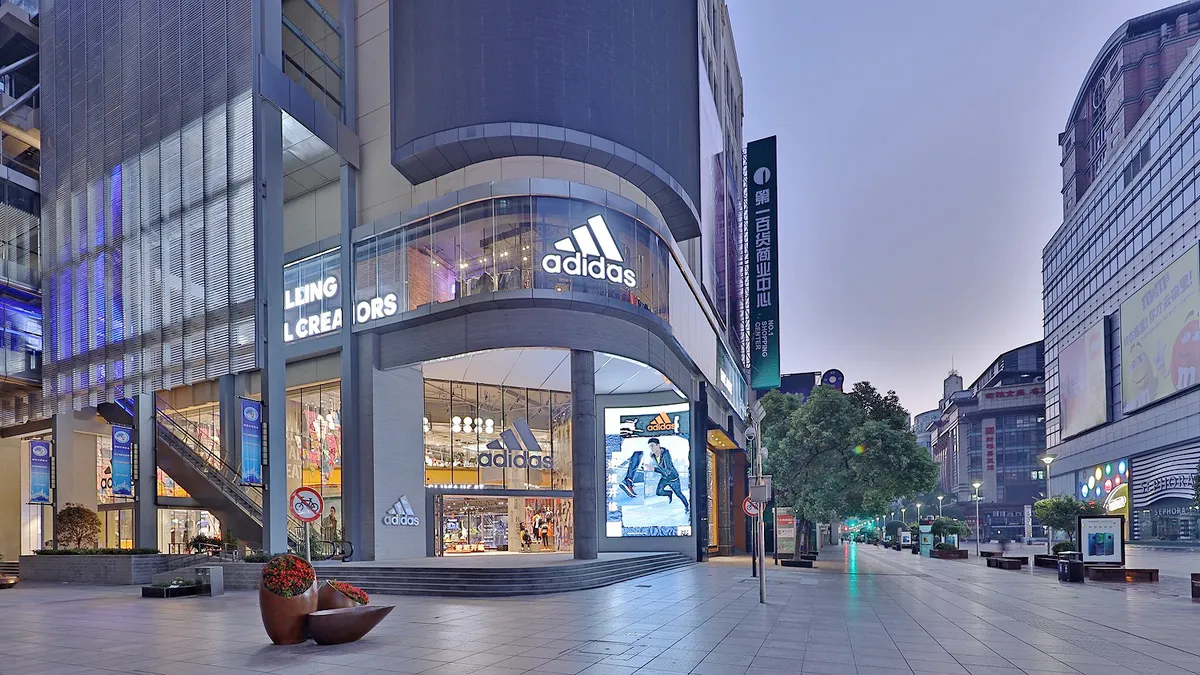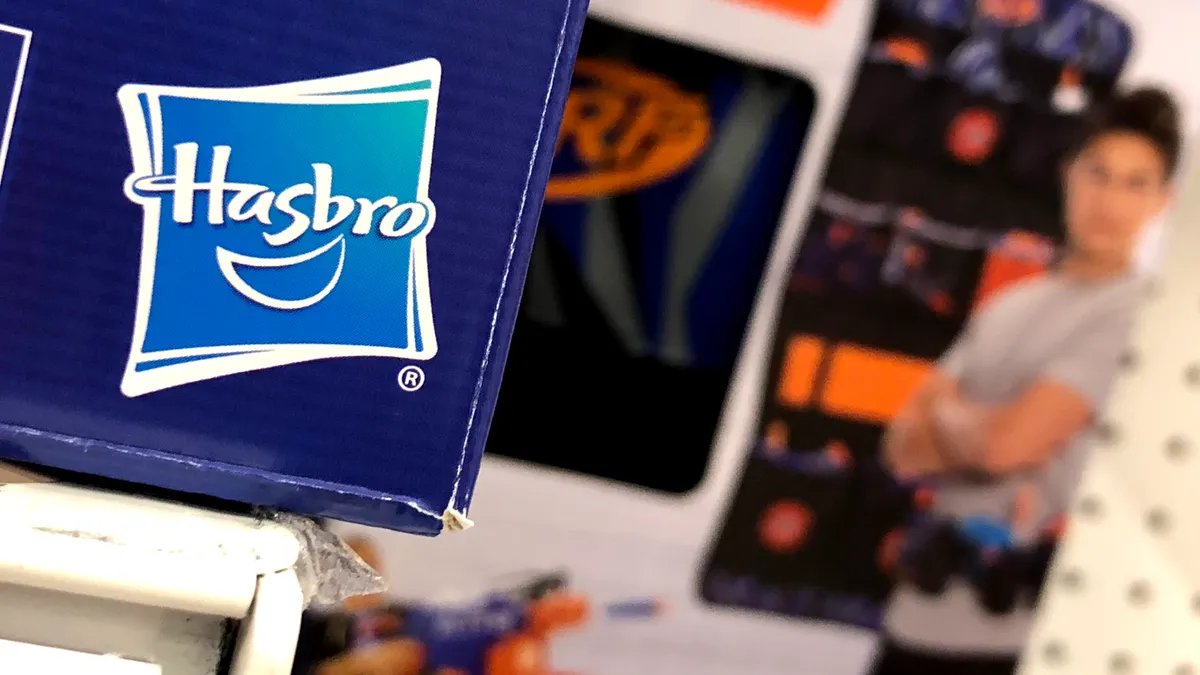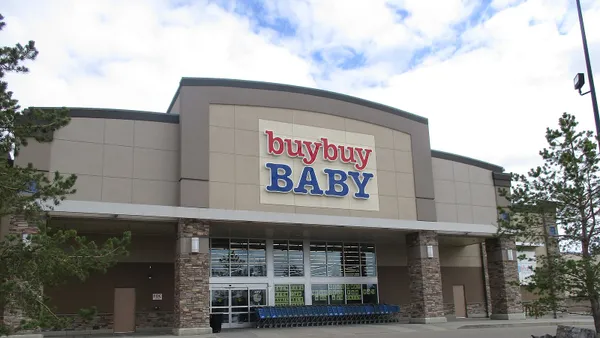It's tempting to think of the entire retail space as being in a turnaround, considering the major economic, technological and generational changes retailers have faced in the past decade or so.
The apparel space may be especially vulnerable, but America’s two biggest retailers — Wal-Mart Stores and Target — are also trying to figuring out how to appeal to a new generation of consumers that are different, not just because they’re younger and more tech-savvy (which they are), but also because they came of age during one of the country’s most dire recessions.
The next year, retail will no doubt continue to witness more turnaround efforts. But it’s unclear what’s in store. It’s possible that in some areas, notably apparel, there may be some consolidation necessary before all is said and done. And some moves — like a shift to serve more urban areas — remains largely untested.
Below, we take a quick glance at a few retailers in the midst of a turnaround to keep an eye on in 2016.
1. Target
There's never a good time for the kind of massive breach that Target suffered in the midst of the 2013 holiday season. But the hit exposed weaknesses at the retailer that some observers were unsure could be fixed, considering its highly insular culture.
The company’s reputation for “cheap chic” was tarnished and its logistics overwhelmed by fast-fashion, which took over where Target left off by stealing designs from the runways and getting them in and out of stores in record time.
But since former Pepsico executive Brian Cornell came on last year, the retailer already seems to be revived. The company even abandoned its ill-fated Canadian expansion not long after its launch — and has regained its chic reputation through successful collaborations with Lilly Pulitzer and New York concept store Story.
The key for next year is to find ways to strengthen Target’s e-commerce and omni-channel operations and to wow its customers in store, while also figuring out the right mix of urban to suburban brick and mortar. The retailer is betting on urban, with all but one of the stores planned for 2016 and 2017 in cities. That bet is also strengthened by the company’s move to brand those smaller format as “Target” rather than differentiating them, as previously, as “City Target” or “Target Express.”
"The strategy is to have stores within the neighborhoods and provide what the residents need, be it grab-and-go, groceries, lunch items, or apparel and home items that are expected from Target. Guests in urban areas tend to travel great distances to get to a Target," spokesperson Kristy Welker told Philly.com. "We are bringing the store to them and meeting them where they are. Urban flexible format locations offer access to all of Target [merchandise], regardless of their size.”
2. Wal-Mart Stores Inc.
Much of Target’s turnaround work has been to retool its e-commerce with a broader omni-channel approach rather than an add-on, and to recapture consumers’ attention. Wal-Mart in many ways has a more complex set of challenges. For one thing, while Wal-Mart CEO Doug McMillon in October said, “Globally we know growth will disproportionately come from middle- and upper-income households in the years ahead,” Wal-Mart’s core customer base has long been lower- to middle-income and rural-to-suburban.
And when it comes to e-commerce, Wal-Mart is in a pickle. Online sales are just 3% of its overall sales, so its efforts to boost e-commerce are at something of a disadvantage from the start. Its site has an assortment that pales compared to Amazon, which enjoys six times the online sales that Walmart.com does. While the company’s stock plunged as investors worried about its ability to maintain growth as it expends $1 billion on increased wages, Wal-Mart is also apparently planning many times that investment to boost its e-commerce.
And while the great promise that Sam Walton made to his customers from his first day in business was: “Always low prices,” Amazon has helped make hash of that concept by undercutting many if not most retailers, including, often, Wal-Mart, on price.
So in an era when anything can be found elsewhere (on and offline) at a better price with the help of a quick mobile comparison search, price is becoming less valuable as a differentiator.
One question among many for Wal-Mart is, at the end of its turnaround, will it be recognizable?
3. The teen “A”s
It looks pretty clear that the Great Recession made its mark on today’s young consumers, giving them spending muscles that help them look for bargains or forgo purchases altogether. They’d apparently much rather spend money on the smartphones in their pockets, which keep them in touch with friends and family and help them suss out bargains to boot.
Styles change, too, and the retailers that once emblazoned their clothing with their names and logos have had to wipe those away and retool their merchandise to appeal to a more sophisticated customer. American Eagle Outfitters, American Apparel, Abercrombie & Fitch, and Aeropostale have all struggled and are in the midst of some sort of turnaround.
Certainly American Apparel seems to be a shadow of its former self, attempting to further its own turnaround under bankruptcy protection, and continuing to fight challenges from founder and ousted CEO Dov Charney, who may yet return to take over.
While Abercrombie & Fitch has posted some surprising success, with its Q3 profits more than doubling as it has successfully moved away from heavy discounts, the winner of the bunch so far seems to be American Eagle. That retailer this past summer made a splash to improve its jeans line and moved to scale back promotions. It’s also seen success with its Aerie lingerie line, with a marketing approach for that brand that eschews photoshopping its models.
This fall American Eagle announced the acquisition of American designer Todd Snyder’s eponymous menswear label and his Tailgate label for $11 million in cash and stock. The challenge for CEO Jay Schottenstein going forward will be to maintain the retailer’s momentum and differentiation and to incorporate its acquisition of its new Todd Snyder brands into its American-style ethos.
4. J.C. Penney
J.C. Penney is a retailer that has seemingly been in turnaround mode for eons. Mike Ullman was reinstated as CEO of J.C. Penney in 2013 after a mere 17 months away, brought back to pick the shards of the explosion of too-many, too-soon changes made by Apple retail guru Ron Johnson — who’d been brought in to shake things up after Ullman’s departure.
Now it’s former Home Depot executive Marvin Ellison’s turn. Ellison is known for his operational savvy and has been credited with narrowing the performance gap between Home Depot and rival Lowe’s. He did so in part by maximizing supply chain efficiencies, what Ellison calls the “science” of retailing and something that’s needed at Penney.
Ellison is also counting on technological upgrades as the retailer tries to come from behind in e-commerce. Look for the retailer to continue to capitalize on its successful partnership with Sephora and introduce more e-commerce, omni-channel, and mobile efforts.
5. Gap
Finally, Gap Inc. has spent the year closing stores, laying off employees even at its headquarters, and shuffling its design teams. Old Navy chief Stefan Larsson threw the company a curve by leaving to head up Ralph Lauren, but the biggest change is needed at Banana Republic and the retailer's flagship brand.
But 2016 could be the year that Gap finally figures it out. After all, CEO Art Peck just arrived last year, and has spent much of 2015 not just shuffling teams, but also pinpointing where problems lie. For Banana Republic, Peck says the problem is largely in women's clothing. And Gap must regain the fashion design vision that once made it an American retail powerhouse.








